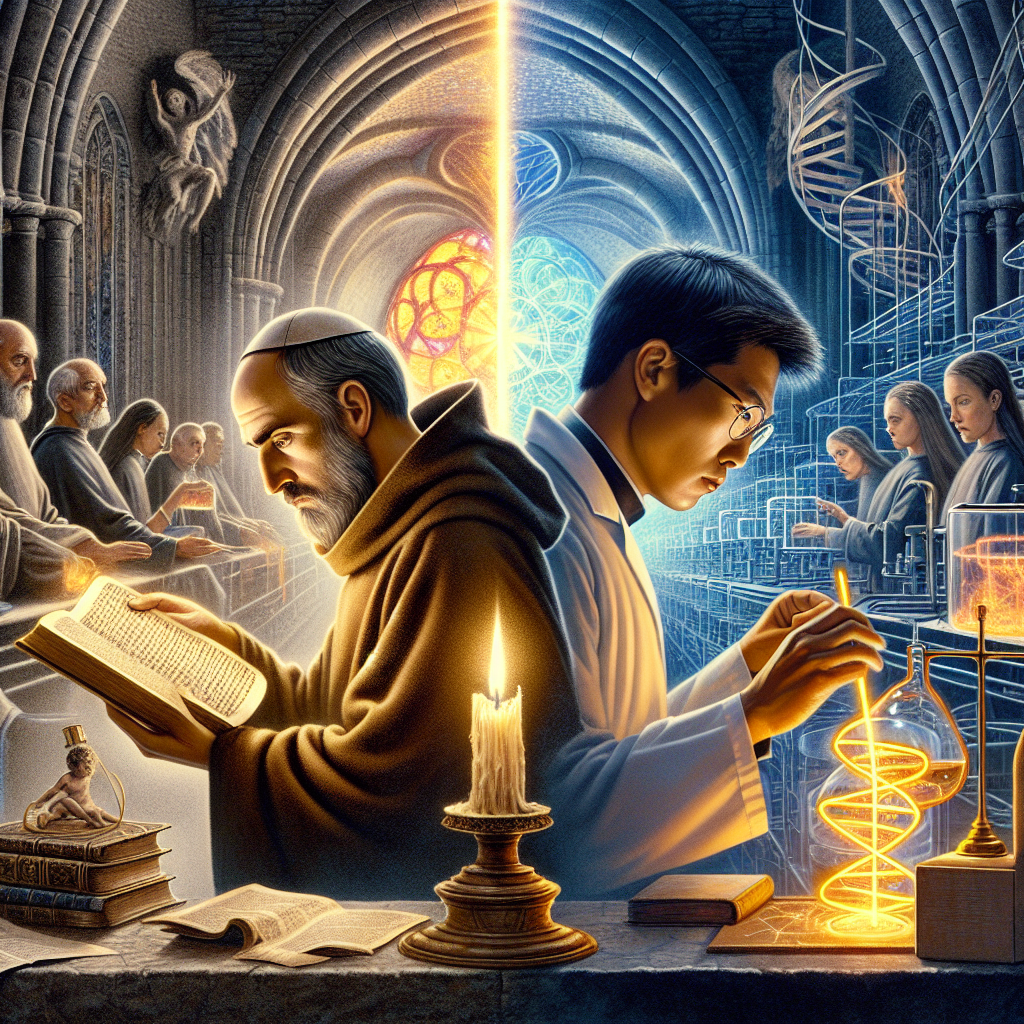In an age where science and religion are often seen as adversaries, the Gap Theory emerges as a thought-provoking framework that seeks to harmonize the ancient narratives of the Bible with modern scientific understanding. This convergence can inspire dialogue, encourage curiosity, and promote a sense of shared exploration. By delving into the Gap Theory, we invite readers to consider a perspective where faith and reason coexist, fostering a deeper appreciation for both spiritual insights and scientific discovery.
Understanding the Gap Theory
The Gap Theory posits that there is a temporal gap between the first two verses of the Book of Genesis. According to this interpretation, Genesis 1:1 expresses God’s initial creation of the universe, while Genesis 1:2 describes a condition of chaos or destruction that occurs in the intervening period. Proponents of the Gap Theory suggest this gap could account for the geological ages and the fossil record observed in scientific research, bridging the timeline of biblical creation with evidence of an ancient Earth.
This view is appealing to many as it allows for a reconciliation between the biblical account and scientific evidence regarding the age of the Earth, the development of life, and the process of evolution. It invites believers to explore the possibility that scientific discoveries do not diminish the divine intention behind creation but rather illuminate the complexities of it.
The Intersection of Faith and Science
At the heart of the Gap Theory lies an acknowledgment of the profound mysteries of existence. Scientific inquiry strives to unravel the intricacies of the natural world, while religious narratives seek to answer fundamental questions about our purpose and existence. Both pursue truth, albeit through different methodologies and languages.
This intersection promotes a perspective where faith and science can complement rather than contradict. For example, when scientists study the origins of the universe through cosmology or examine biological processes through evolutionary biology, they are often guided by curiosity—an innate desire to comprehend the marvels around us. Similarly, faith traditions encourage exploration of the spiritual realm and the experience of divinity within creation. When these two realms communicate, they can yield a richer understanding of the universe and our place within it.
A Positive Approach to Complex Questions
Engaging with theories like the Gap Theory encourages individuals to embrace complex questions with an open mind. Rather than viewing conflicting ideas as challenges, they can be seen as stepping stones toward deeper knowledge. This positive perspective invites believers and skeptics alike to reflect upon their understandings of truth.
Acceptance of varied interpretations allows for a broader dialogue. Faith communities can create safe spaces for these discussions, enabling individuals to voice their curiosities without judgment. Education plays a vital role in this dialogue; by incorporating both scientific discourse and theological exploration into teachings, we can inspire the next generation to think critically and engage deeply with both spheres.
Encouragement for Lifelong Exploration
The journey of understanding—whether it be through faith or science—is ongoing. As we explore the Gap Theory and its implications, we are reminded that seeking knowledge is a lifelong pursuit. The awe-inspiring questions of existence, purpose, and the nature of the universe do not have simple answers; however, the quest to uncover them can unify us.
This exploration should not induce fear or division. Instead, it can foster community, encouraging collaboration between scientists and theologians, between seekers of truth in both fields. By championing curiosity, respect, and dialogue, we can break down barriers and build bridges that illuminate the beauty of both creation and scientific discovery.
Conclusion
The Gap Theory serves as an educational tool that encourages a thoughtful dialogue between the biblical narrative and scientific understanding. It highlights that faith and reason are not mutually exclusive but can illuminate each other, guiding us toward a more profound appreciation of the complexities of creation. As we continue to explore this convergence, let us do so with open hearts and minds, fostering an inspiring and encouraging approach to both our spiritual and scientific journeys.
Explore and dig up answers yourself with our BGodInspired Bible Tools! Be careful – each interaction is like a new treasure hunt… you can get lost for hours 🙂


